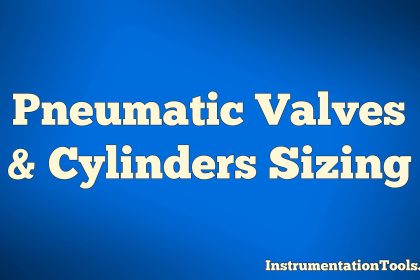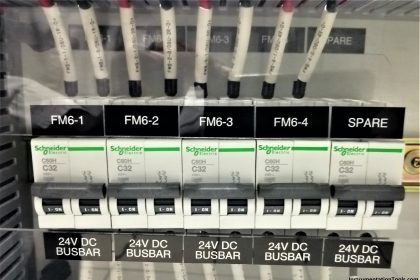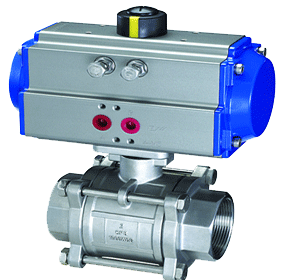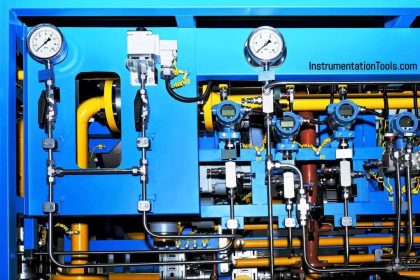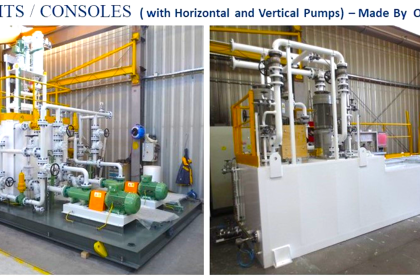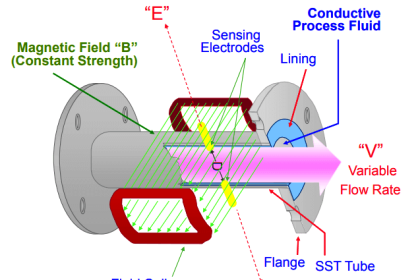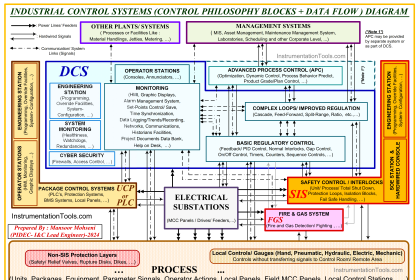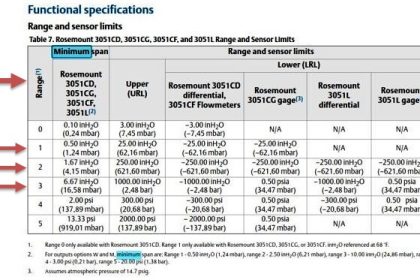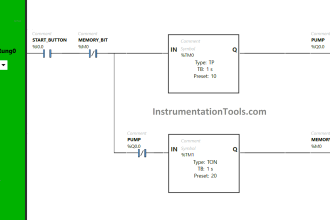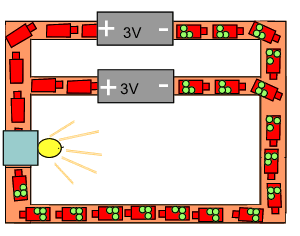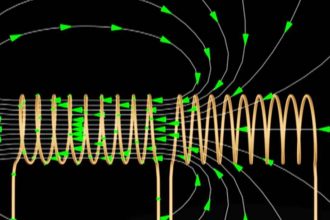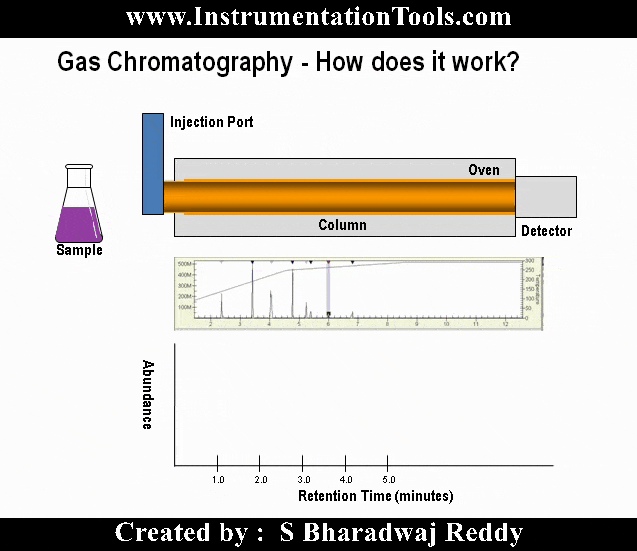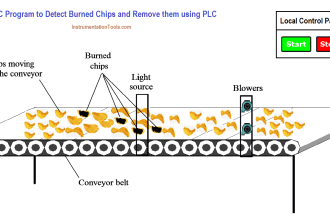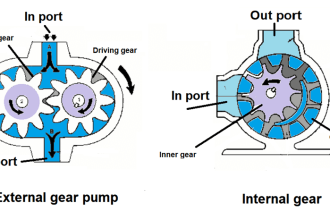As a part of pre-commissioning procedures steam blowing is carried out.
The prime purpose of steam blowing is to de-scale dust, scales, and other foreign materials from steam pipelines to avoid damage to turbine blades in the course of normal operation.
Steam Blowing
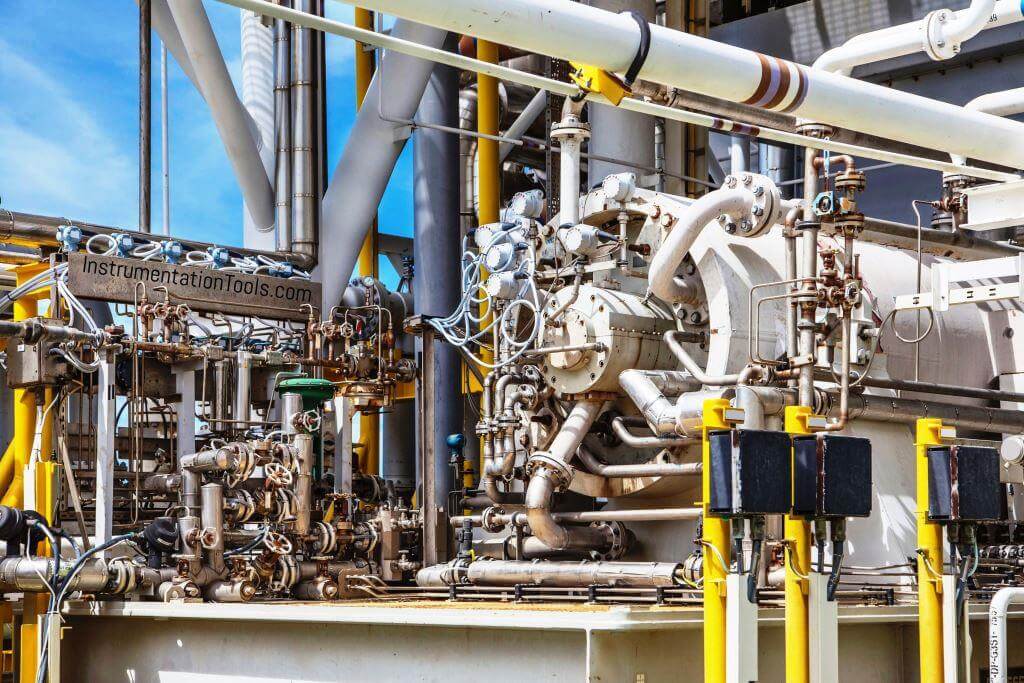
High momentum of expanding steam in the pipe dislodges and purges out the loose materials.
The instrument team shall remove instruments (control valves, orifice plates, flow elements, thermowells, thermocouples, pressure gauges, etc.) that may be damaged during steam blowing.
Inform construction workmen of contractors regarding steam blowing activity and arrange for necessary barrication/evacuation as per site conditions.
Prior to steam blowing an Instrument engineer must list out the instruments coming in steam blowing loop with mark-up P&ID along with Operations team.
Once instruments are identified the nozzles of the thermowell must be verified from ISO metric drawings for nozzle length so as to ensure proper insertion of thermowell upon installation.
Moreover, in some cases, the thermowell design is with collar support. Hence, a mock-up installation of the thermowell should be done so as to check if the thermowell inserts properly and smoothly in the nozzle.
Due to improper welding or welding burrs, the thermowell collar gets stuck in between and doesn’t insert properly.
Sometimes, the nozzle flange is not properly welded onto the standpipe and there is linear or angular displacement as shown in the picture below:
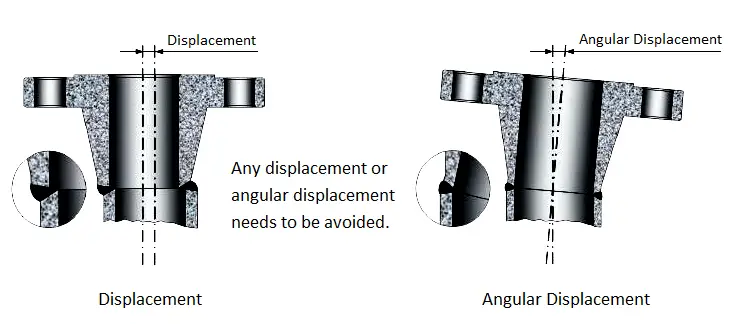
This may lead to issue during installation of thermowell.
Hence, mock-up needs to be done prior to steam blowing only so that if any minor grinding or surface finish is required in the nozzle same may be done.
Read Next:
